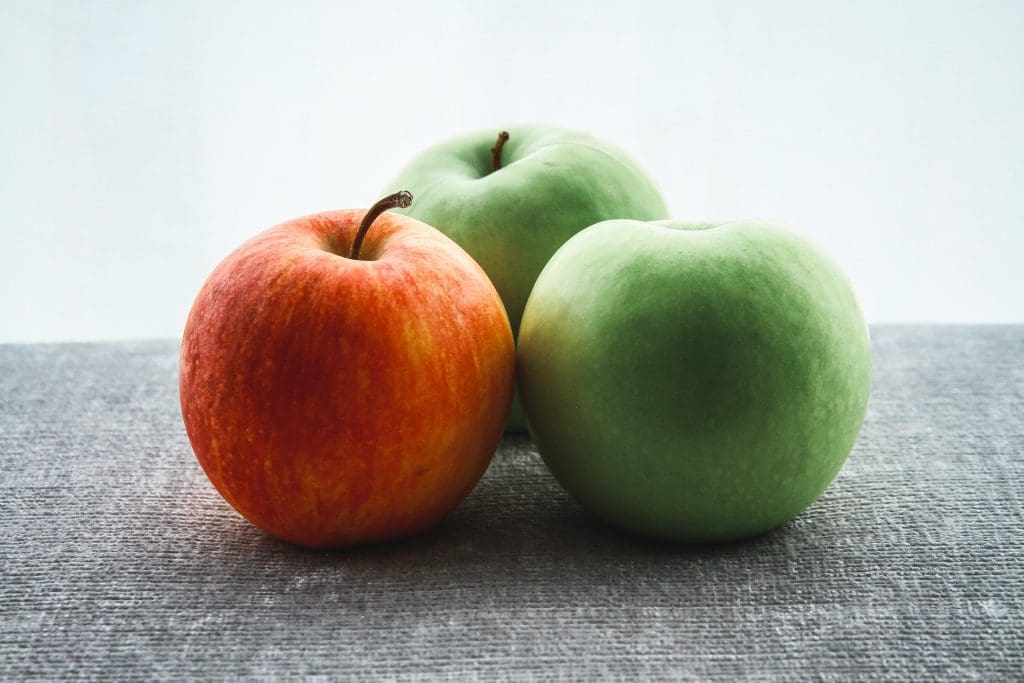Juxtaposition means placing different objects next to each other or even overlapping them, in order to enforce a comparison between the objects. Therefore, many photographers associate juxtaposition with contrast and photograph opposite objects to emphasize the difference between them. However, juxtaposition refers to the act of comparing objects and not to the contrast between objects. They might very well be identical. Actually, juxtaposition in photography means having two or more main characters in your visual story. Here is everything you need to know about juxtaposition.
Juxtaposition Works with layers
Juxtaposition works with any two or more objects and by an object, we mean any element that enters the frame. For example, you may have the main subject and an interesting background. It’s still called juxtaposition even if your objects are a person and a wall. If the background has the same colors, textures, and social status as your character, it can support the character’s appearance and qualities. But if the background is in contrast with the character, the story becomes more complex and conflicted.
When you take a photo you should consider all the elements that enter the frame: foreground, background, focus point, elements that only partially enter the frame, light, etc. They all are part of your visual story and must have a precise role.
Photo by Paulius Dragunas on Unsplash
Work with similar objects
Juxtaposing similar objects creates a strong impression and enhances the objects’ features. In extremis, objects become a pattern. You can use repetition or reflection to multiply an object and create this type of juxtaposition. For example, photograph twins or siblings, trees, houses that look alike, silhouettes, or symmetric objects.
Photo by Claire Nolan on Unsplash
Work with opposite objects
Any story has a villain and a hero, a man and a woman, an old person and a young person, a poor person and a rich person, and so on. Contrast is almost everywhere and, although it’s the most obvious juxtaposition, it’s still a good juxtaposition. Use it wisely. Before pressing the shutter release button, write a mental script and clarify which is the message you want to convey, who is the main character, who receives the supporting role, and what is the general mood of the scene. Then decide what elements make the frame and what elements are left behind. A good photograph starts with the choices you make. Contrast is a powerful element but it’s not enough to make a good photo.
Photo by Kevin Jarrett on Unsplash
Juxtaposition is something any photographer does whether they know it or not. If you take pictures in a natural environment and don’t stage your frame, you need to take many decisions and you have to do it fast. Some photographers like to choose the scenery and then wait for the perfect characters to enter the scene. Others choose their characters first and photograph them in different scenery until they’re happy with the result. There is no perfect recipe for juxtaposition. But what’s clear is that you need to know what you want to say with that picture.
For more How To articles check here.
Cover Photo by Benjamin Wong on Unsplash

